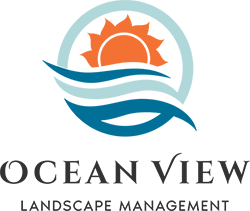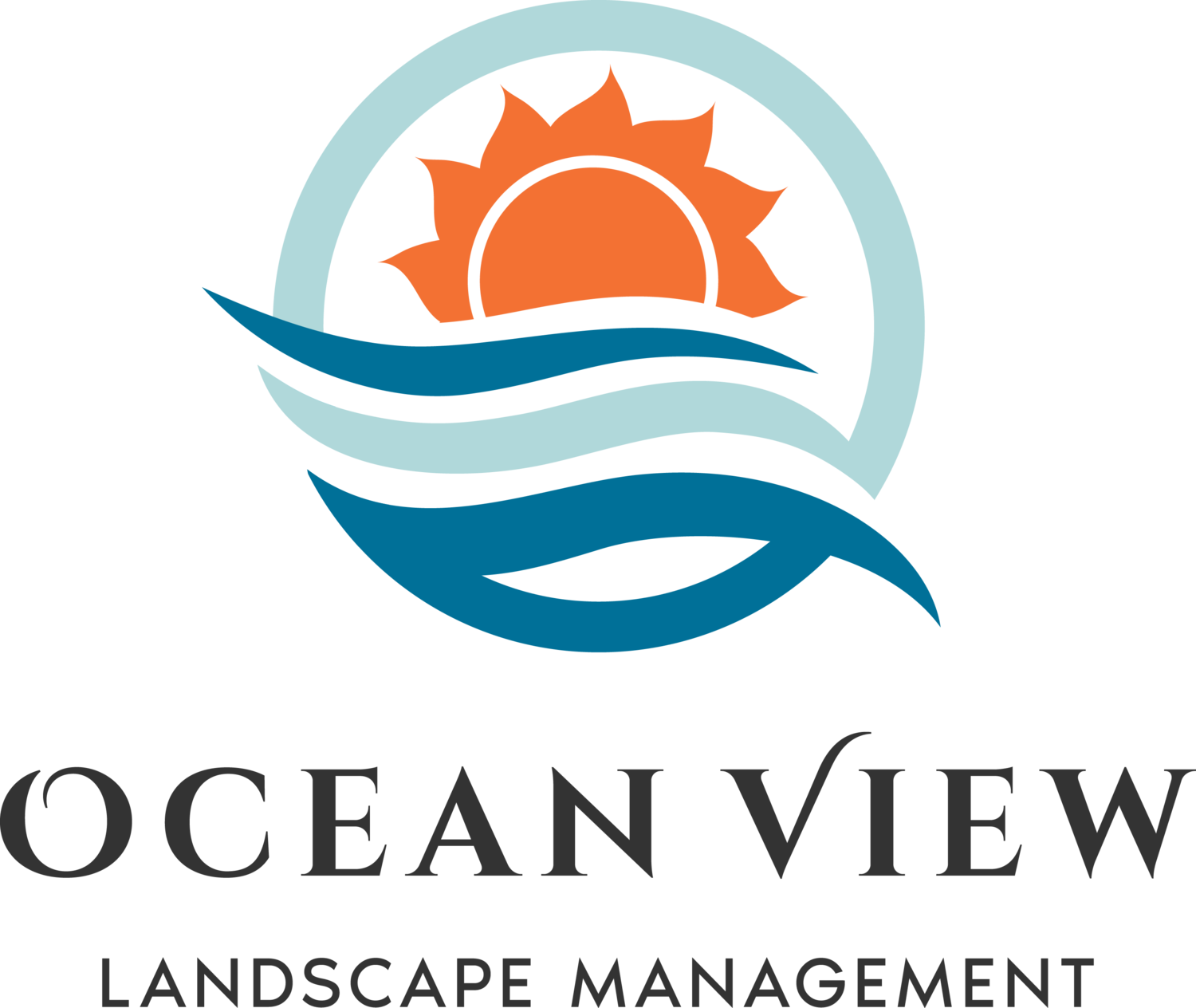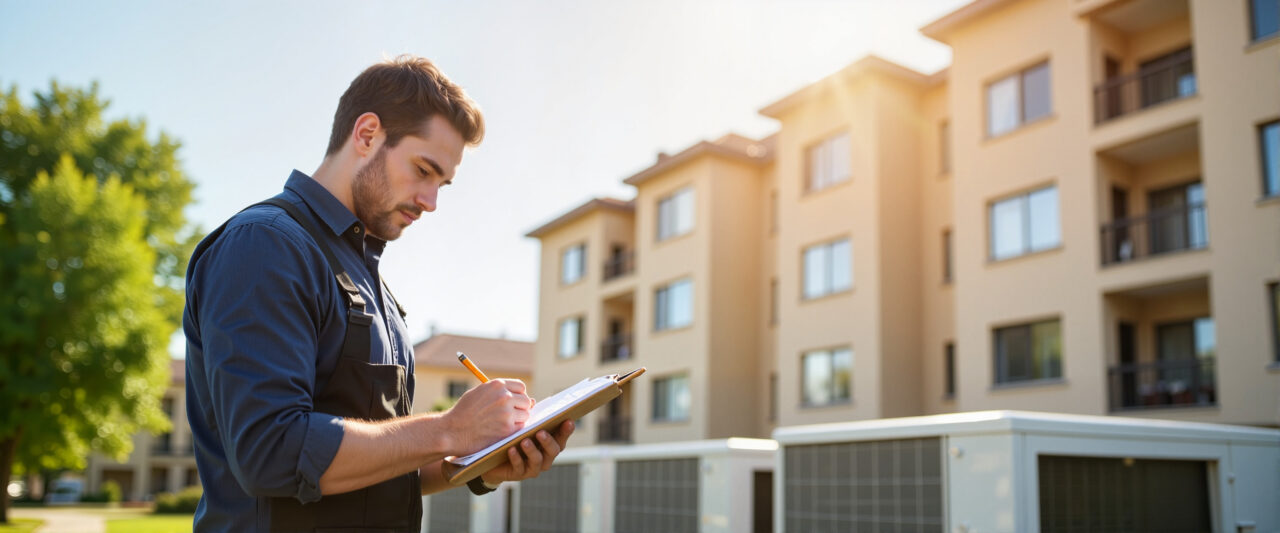It can be a challenge to maintain a landscape, and it can be an even bigger challenge to do it sustainably. That’s why we’ve put together a simple check-list based on the University of Florida’s “Florida Friendly Landscaping” (FFL) criteria.
FFL has 9 essential categories for sustainable monthly landscaping:
- Right plant, right place
- Water efficiency
- Appropriate fertilizing
- Mulch
- Attract Wildlife
- Managing yard pests responsibly
- Recycle
- Reduce stormwater runoff
- Protect the waterfront
This may seem like a lot to keep track of, but don’t worry, we’ll break it down into a digestible list that’s easy to keep track of:
Monthly Maintenance Checklist for Sustainable Florida Landscapes
Right plant, right place
- Trees and shrubs are positioned to improve the building’s heating and cooling capacity if applicable.
- Maintained turfgrass is used for functional purposes
- e.g., play area, erosion control, dog run, and nutrient uptake
- Shrubs and groundcovers are used where grass is difficult to maintain.
- Trees and shrubs are located at an appropriate distance from foundations and hardscape based on mature size.
- Landscape contains at least 7 plant species.
- Plants are grouped by similar moisture requirements.
Water efficiency
- Not more than 50 percent of the irrigation system (by area) is high-volume.
- Turfgrass and landscape plants are irrigated only as needed according to UF/IFAS recommendations and in compliance with any existing watering restrictions.
- A smart controller (evapotranspiration, soil moisture sensor, or similar) is installed and operational.
- Separate irrigation zones for turf and landscape plants are installed and maintained. Spray and rotor heads are not mixed on the same irrigation zone.
- Low-flow irrigation is installed and maintained in plant and flower beds.
- The irrigation system is maintained seasonally to adjust spray patterns and repair clogs and leaks. Irrigation emitters rise above turfgrass height.
- Sprinklers and emitters shall be located at least two feet from any structure
- Sprinklers in low-lying areas have check valves.
READ MORE | DIY-ing Irrigation Audits & Increasing Water Efficiency
Appropriate fertilizing
- A soil nutrient test has been performed within the last year prior to applying fertilizer.
- No supplemental fertilization (except for palms or correcting identified nutrient deficiencies) is used in the landscape once plants are established.
- A broadcast spreader with an operational deflector shield is used to apply fertilizer, or fertilizer is applied by hand.
- A soil pH test has been performed prior to installing new plant material.
Mulch
- Self-mulching areas exist under trees where leaves can remain as they fall, if applicable.
- Mulch is pulled away (12”-18”) from the base of trees.
- A thin (1 inch) layer of mulch can be placed over the root ball for aesthetic reasons.
- Mulch is pulled away (1”-2”) from shrubs.
READ MORE | Signs It’s Time to Replace Your Mulch & Why Florida Heat Matters
Attract Wildlife
- There is plant material that provides habitat, shelter and/or food sources for wildlife.
- Host and nectar plants are present for butterflies, hummingbirds and/or other pollinators.
- Wildlife shelters exist and are maintained in landscape (e.g., bird or bat houses, snags, brush piles, etc.)
- Planting a variety of trees, shrubs and groundcovers that increases vertical layering (layers of vegetation).
READ MORE | The Benefits of Native Plants in Landscaping
Managing yard pests responsibly
- The least toxic method of pest control is used first.
- Landscape contractor is able to properly identify pest and disease issues in their landscape or has brought samples to their local Extension office.
- If chemical treatment is necessary, landscape contractor uses spot treatments.
- Landscape is checked every 1-2 weeks for signs of pest damage.
Recycle
- Landscape waste (tree trimmings, fallen leaves, pine needles) is used on site and/or removed and recycled.
- Grass clippings are left on the landscape after mowing.
- Palm trees are pruned using the recommended 9 o’clock and 3 o’clock pruning recommendations.
- Shrubs are pruned so the bottom is wider than the top.
Reduce stormwater runoff
- Erosion prone areas are managed to minimize erosion.
- 50% or more of roof runoff (with or without downspouts) drains onto landscaped areas or pervious surfaces, if applicable.
- Pet waste stations available in common areas.
- Oil and other spills are cleaned up from parking lots and other public hardscape areas.
- A cistern, rain barrel or other water harvesting practices are used with proper mosquito control/prevention techniques in place.
- Rain gardens, swales, and berms are used to hold/contain/catch and filter stormwater runoff.
READ MORE | Preparing Your Landscape for the Atlantic Hurricane Season
Protect the waterfront
- Shoreline (riparian zone and littoral zones) is kept free of invasive exotic plant material.
- Seawalls, rip rap, or gabions are used where appropriate to control erosion.
- Plant material is located to provide at least a 10-foot low-maintenance zone to buffer, filter and prevent erosion.
- A low-maintenance zone of at least 10 feet or determined by ordinance whichever is greater has been established around the water body.
- No mowing, pesticides, fertilizer, or irrigation water is applied in this area.
- Appropriate plants are installed and properly maintained in the low-maintenance zone.
Visit our Contact Us page to talk to a professional today.


